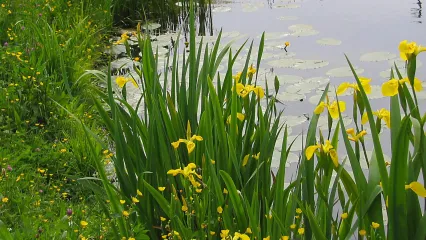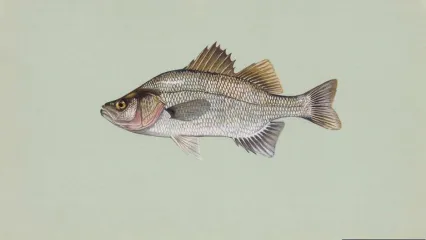
Description
Native to Europe, Asia, and northern Africa, and was imported as an ornamental plant in the late 1700s. Since then, it has been propagated as a horticultural plant for erosion control and in sewage ponds. It is present in all but 4 states. Each Yellow flag iris can produce several hundred seeds, which are mainly dispersed by currents. The seeds contain an air pocket that helps them float and can remain afloat for more than a year. They also expand by rhizome growth; the thick rhizomes can persist for over 10 years.
Was first observed in Oklahoma in 2009, in Blue River.
Impacts
Since Yellow Flag can quickly expand with rhizomes, it is able to form dense stands that crowd and outcompete valuable native species. Dense root systems are also formed which compacts the soil and inhibits germination of other plants. Thick colonies can clog irrigation systems and narrow waterways.
All parts of the plant are toxic to livestock and other animals. Contact with its resins can cause skin irritation in humans.
Identification Keys
- Grows 2 to 3 feet tall along shores in shallow water (large clumps)
- Flowers are pale to dark yellow with brownish purple mottled marking
- Leaves are broad, flat, sword-shapes, and stalkless (reduce in size going up the stem)
How To Observe
If you think you have discovered any invasive species contact us at (918) 200-4815 or report online.


